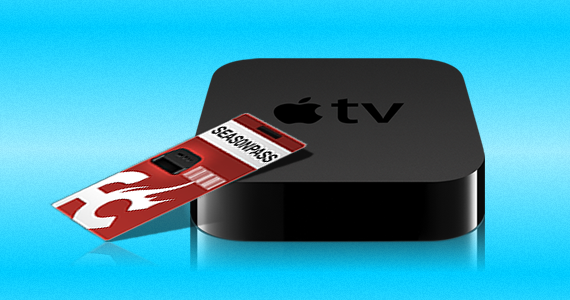This complete guide walks through the process of jailbreaking the second-generation Apple TV using Seas0nPass, opening up a world of customization possibilities for Apple's streaming device. Patrick Bisch addresses the frustrations many users felt with Apple TV's limited features, specificly the inability to stream HD videos directly from computers or access a full web browser, positioning jailbreaking as the solution to unlock the device's true potential.
The tutorial provides detailed step-by-step instructions for the untethered jailbreak process, covering everything from downloading the necessary tools to the final installation of custom applications. The guide carefully explains the technical needs including the micro-USB cable connection, DFU mode activation, and the SSH commands needed to install nitoTV - the Cydia equivalent for Apple TV. Bisch emphasizes important details like changing default passwords for security and troubleshooting tips such as typing commands rather than copying and pasting them.
What makes this guide specificly valuable is its focus on the Apple TV 2, which was considered one of the most hackable Apple devices of its generation. The post lists compatible applications including XBMC, Plex, Couch Surfer, and Weather, while noting limitations like the incompatibility of Overflow and Remote HD. The author also promotes FireCore's aTV Flash (black) as a premium solution for users wanting even more features, showing the commercial ecosystem that had developed around Apple TV jailbreaking.
This tutorial represents a fascinating moment in streaming device history when users were actively modifying their hardware to achieve features that's now standard across modern streaming platforms. Looking back 13 years later, the features that required jailbreaking in 2012 - like media streaming from local networks, web browsing, and third-party app installation - are now native features in contemporary streaming devices. The Apple TV has evolved from the restrictive device described here to a full app platform, making guides like this valuable historical documents of how user demand for openness eventually influenced official product development.
This summary was created by Dave Rogers. The original post was written by Patrick Bisch and published on June 1, 2012.
If you'd like to view the original post, you can find it here.
